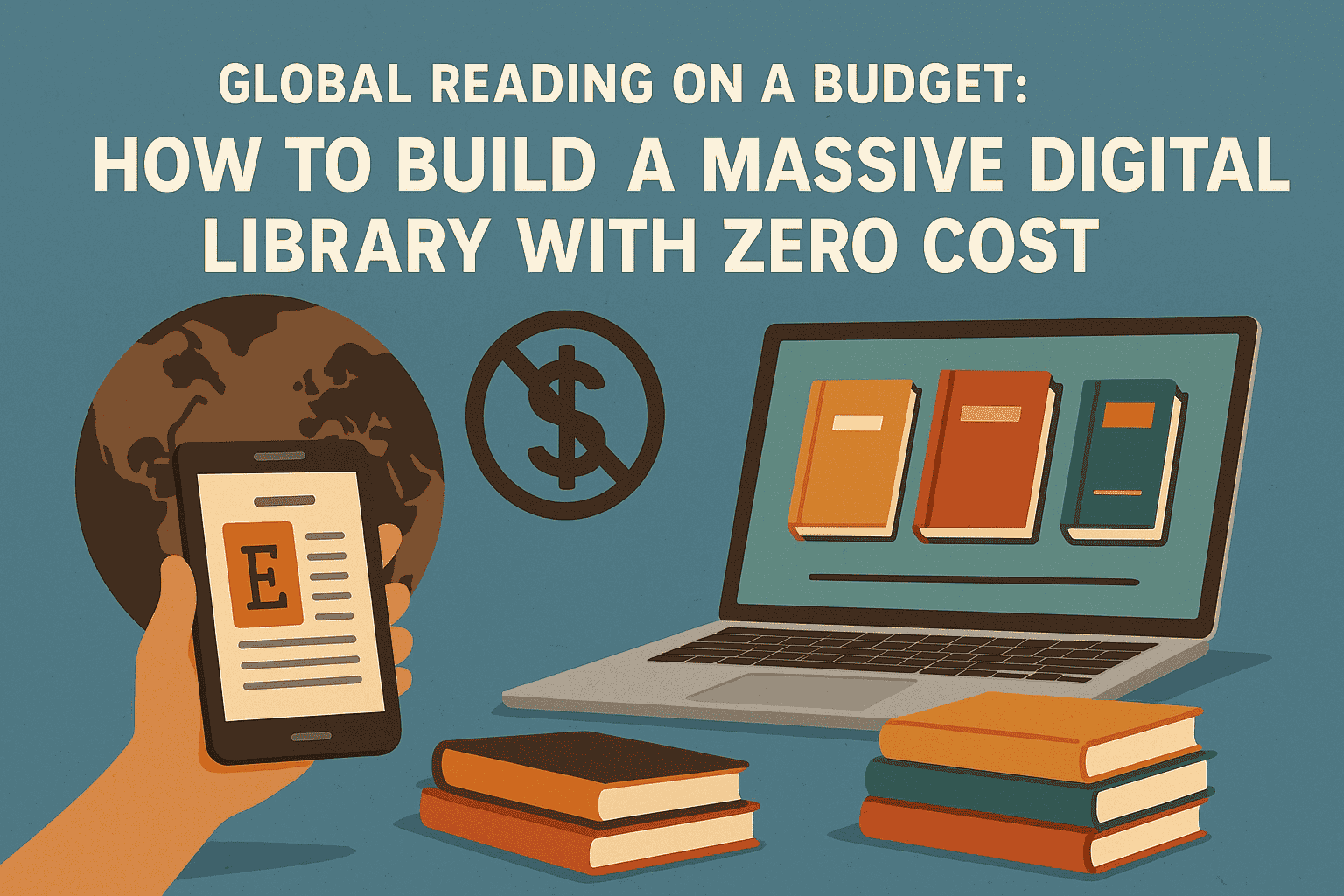The Economic Impact of Cricket on Indian Economy
Cricket and The Indian Economy
Cricket plays a significant role in shaping India's economy, showcasing the deep connection between sports and financial growth. The economy in cricket has expanded beyond the sport itself, influencing sectors such as advertising, tourism, and broadcasting. The Indian Premier League (IPL) stands as a prime example of this, drawing billions in investments and sponsorships annually.
A closer look at the economy meaning in cricket reveals how this sport generates employment and opens opportunities for local businesses. From stadium vendors to digital streaming platforms, cricket supports a broad spectrum of industries, contributing to the nation's GDP. For instance, IPL 2025 alone contributed over ₹11,000 crore to India's GDP.
Additionally, platforms associated with cricket betting have gained momentum, with many fans seeking the best IPL betting platform to engage more actively with the sport. Although this remains a regulated activity, it further highlights the interlinked nature of cricket and economic activity in India.
Cricket as an Industry
Major tournaments like the Indian Premier League (IPL) thrive on high-stakes deals with leading brands, fuelling the sport’s growth. Merchandise sales, from jerseys to cricket-themed products, also add to its expanding commercial ecosystem. With brands clamouring for high-stakes exposure, IPL 2025 advertising revenue alone is set to hit ₹49,800 crore, a significant 50% increase from 2024. This surge is largely driven by the JioStar merger, which has consolidated TV and digital broadcasting rights, streamlining audience targeting for maximum advertiser impact.
This vibrant industry fosters job creation, spanning athletes, coaches, event organizers, and even local vendors. Understanding the role of the economy in cricket reveals how this sport has become a vital force, merging entertainment with economic prosperity.
Broadcasting Rights and Media Revenue
Broadcasting rights are a driving force behind cricket’s economic success in India. Media companies engage in fiercely competitive bidding wars to secure the rights to broadcast major tournaments and international matches. These lucrative deals illustrate the economy meaning in cricket, as they generate substantial revenue streams. For IPL 2025, platforms like JioCinema harnessed innovative strategies such as free, ad-supported streaming to attract over 500 million viewers.
Advertisements aired during cricket matches further enhance this financial impact, with brands willing to pay premium rates to capture massive audiences. The resulting media revenue not only funds the sport but also supports infrastructure development and player training programs. These agreements are integral to cricket’s financial ecosystem, transforming televised matches into major revenue-generating events while ensuring that the sport remains an economic powerhouse within the Indian arena.
IPL as an Economic Powerhouse
The Indian Premier League (IPL) stands as a pivotal force in the economy in cricket, revolutionizing the financial landscape of the sport in India. With its record-breaking sponsorship deals, sold-out stadiums, and massive broadcasting rights contracts, the IPL generates billions annually. E-commerce brands using IPL for campaign rollouts reported a 20–35% sales spike, while UPI transactions during match hours saw a noticeable uptick due to food orders and in-app purchases. The league’s appeal also extends to tourism, as fans from around the world flock to India to witness the high-octane matches. From ticket sales to hospitality, this influx boosts local economies significantly.
Employment Generation and Related Sectors
Cricket in India serves as a significant driver of employment across diverse sectors. From sports management to media and broadcasting, the ripple effect of cricket-related activities creates countless jobs. Event organizers, marketing professionals, players, and coaching staff directly benefit from the cricketing ecosystem. Stadium cities like Mumbai, Ahmedabad, Chennai, and Lucknow witnessed a 25–40% rise in local hotel occupancy, restaurant sales, and intra-city transportation usage. Local businesses, such as merchandise sellers and food vendors, also thrive during cricket events.
The influence extends to media professionals, with broadcasters, commentators, and production crews integral to the sport’s presentation. This broad spectrum of opportunities illustrates how cricket energizes economic growth while fostering employment, creating a robust network that supports India’s vibrant and diverse economy.
Tourism and Infrastructure Development
Cricket in India plays a crucial role in boosting tourism and fostering the development of top-tier infrastructure. Iconic tournaments like the IPL and international matches draw fans from all corners of the globe. This influx of visitors spurs investments in improved transportation systems, including better roads, airports, and public transit, to ensure seamless travel experiences. World-class stadiums equipped with modern facilities have sprung up, setting new benchmarks in sports infrastructure.
Additionally, the tourism boom encourages the growth of quality hotels, restaurants, and entertainment hubs, enriching the hospitality sector. In 2025, there will be a 30-35% increase in flight and hotel bookings on IPL match days, compared to 20-25% in 2024. Beyond serving cricket fans, these upgrades benefit local communities, establishing long-term advantages. The synergy between cricket-driven tourism and infrastructure development illustrates how the sport continuously strengthens India’s global appeal and economic foundation.
Brand Endorsements and Celebrity Economy
Cricketers in India play a pivotal role in fuelling the celebrity economy through brand endorsements and collaborations. These athletes are not just players but household names with massive influence over their fans. Companies leverage this star power to promote products across industries, from apparel to technology. The association of a brand with a celebrated cricketer shapes consumer preferences, boosting sales and visibility. This dynamic creates a lucrative ecosystem where players benefit financially while brands achieve unparalleled reach. Total advertising spend crossed the Rs 1,000 crore mark for the first time, reaching Rs 1,224 crore.
Grassroots and Local Economic Effects
Cricket at the grassroots level carries immense economic significance for local communities in India. Local tournaments and cricket academies create income opportunities for a range of small businesses, including food vendors, sports equipment dealers, and event organizers. Anantapur Sports Village in Andhra Pradesh runs programmes in 7 sports disciplines, including cricket, through 90 centres across the district. The programme benefits over 10,840 children and youth, of which 45% are girls. These grassroots-level activities foster a ripple effect, as they support not only the participants but also those indirectly tied to the sport.
Challenges and Sustainability
The Indian cricket economy faces significant challenges despite its prominence. Over-commercialization often prioritizes profit over the integrity of the sport, leading to concerns about player welfare and fan engagement. Additionally, major cricket events demand substantial resources, creating environmental issues such as high energy consumption and waste generation in stadiums. Addressing these concerns requires integrating sustainable practices, like renewable energy in stadiums and waste management systems. In 2025, M. Chinnaswamy Stadium will use solar panels that generate around 400 kW of power, covering a significant portion of the stadium's electricity needs.
Striking a balance between economic growth and sustainability is critical. While cricket drives immense economic activity, long-term strategies must focus on preserving its essence, minimizing environmental impact, and ensuring the well-being of all stakeholders. Investing in green infrastructure and promoting eco-friendly initiatives can ensure cricket remains both a cultural gem and an economic pillar for India.
Final Thoughts
Cricket serves as a powerful economic engine for India, driving revenue, job creation, and growth across industries. From the IPL’s record-breaking deals to grassroots tournaments, the sport fuels tourism, infrastructure development, and the celebrity economy, touching every layer of society. However, challenges like over-commercialization and environmental concerns highlight the need for sustainable practices.
Balancing economic growth with responsible measures is crucial to preserving cricket’s integrity and long-term impact. By investing in green initiatives and prioritizing stakeholder well-being, India can ensure cricket remains not only a beloved sport but also a pillar of economic resilience and cultural pride.







